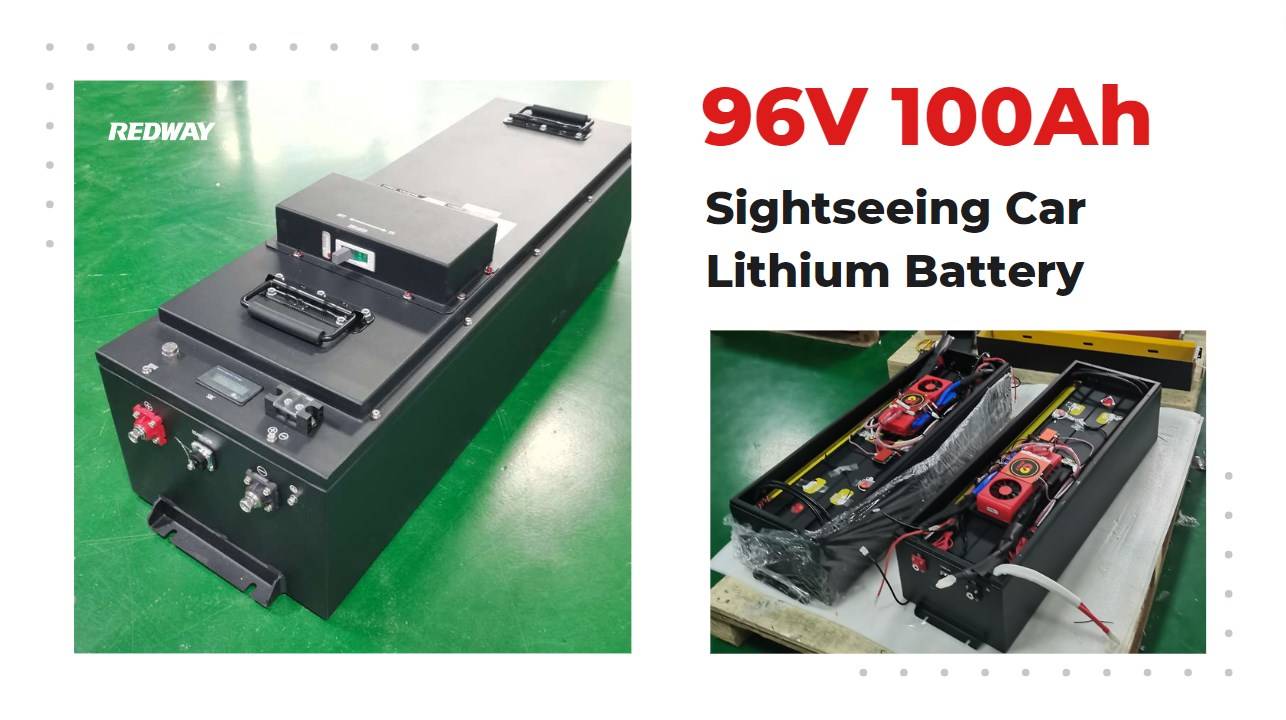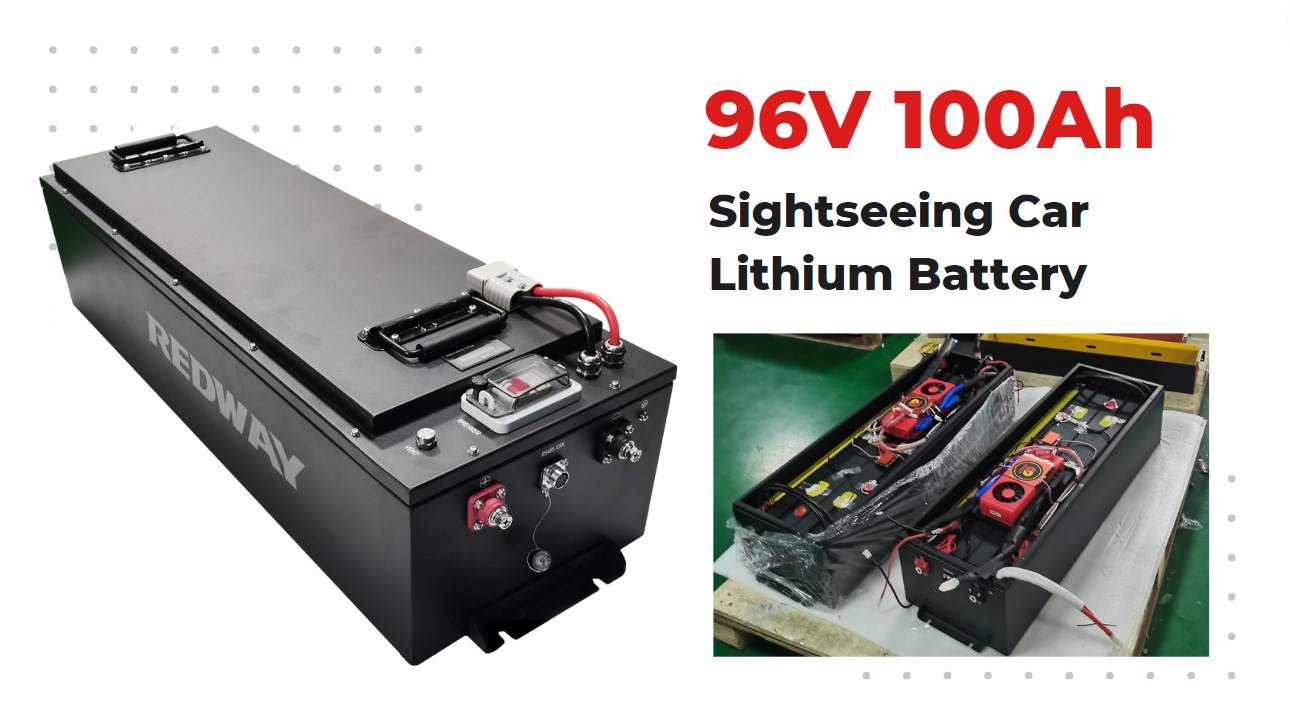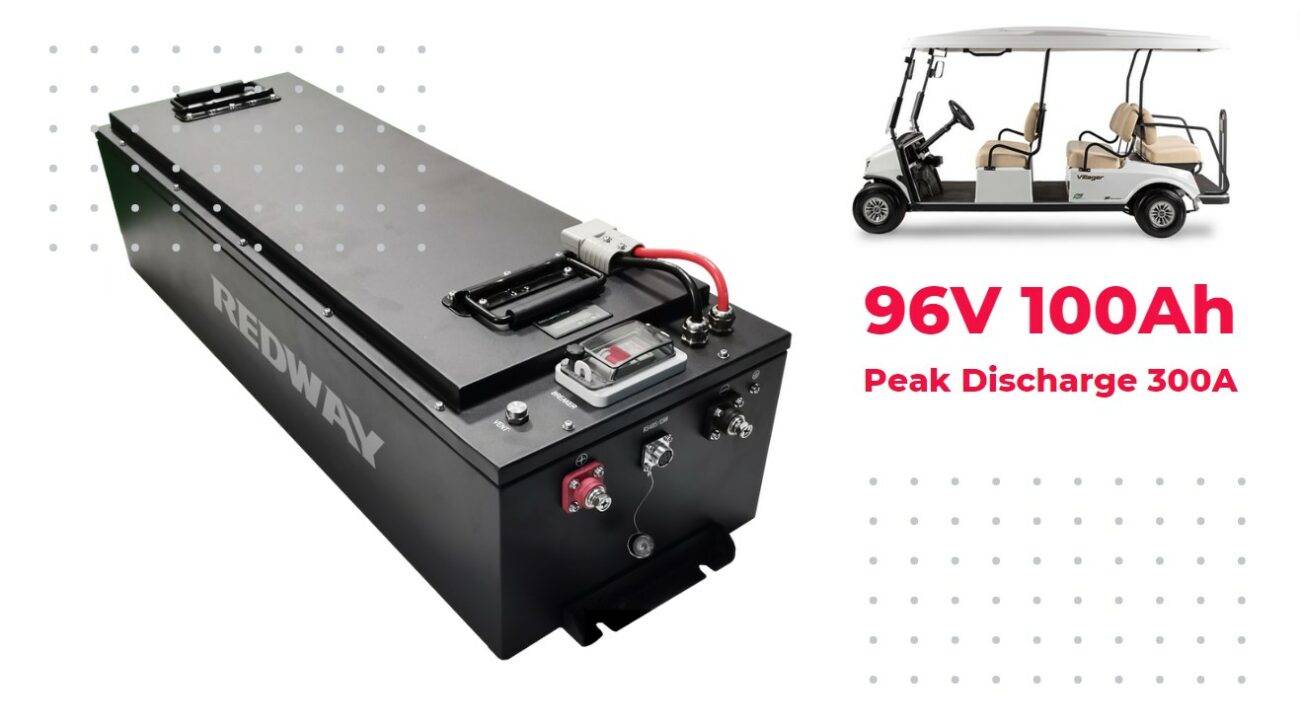- Forklift Lithium Battery
-
48V
- 48V 210Ah
- 48V 300Ah
- 48V 420Ah (949 x 349 x 569 mm)
- 48V 420Ah (950 x 421 x 450 mm)
- 48V 456Ah
- 48V 460Ah (830 x 630 x 590 mm)
- 48V 460Ah (950 x 421 x 450 mm)
- 48V 460Ah (800 x 630 x 600 mm)
- 48V 460Ah (820 x 660 x 470 mm)
- 48V 500Ah
- 48V 560Ah (810 x 630 x 600 mm)
- 48V 560Ah (950 x 592 x 450 mm)
- 48V 600Ah
- 48V 630Ah
-
48V
- Lithium Golf Cart Battery
- 12V Lithium Battery
12V 150Ah Lithium RV Battery
Bluetooth App | BCI Group 31
LiFePO4 Lithium
Discharge Temperature -20°C ~ 65°C
Fast Charger 14.6V 50A
Solar MPPT Charging - 24V Lithium Battery
- 36V Lithium Battery
- 48V Lithium Battery
-
48V LiFePO4 Battery
- 48V 50Ah
- 48V 50Ah (for Golf Carts)
- 48V 60Ah (8D)
- 48V 100Ah (8D)
- 48V 100Ah
- 48V 100Ah (Discharge 100A for Golf Carts)
- 48V 100Ah (Discharge 150A for Golf Carts)
- 48V 100Ah (Discharge 200A for Golf Carts)
- 48V 150Ah (for Golf Carts)
- 48V 160Ah (Discharge 100A for Golf Carts)
- 48V 160Ah (Discharge 160A for Golf Carts)
-
48V LiFePO4 Battery
- 60V Lithium Battery
-
60V LiFePO4 Battery
- 60V 20Ah
- 60V 30Ah
- 60V 50Ah
- 60V 50Ah (Small Size / Side Terminal)
- 60V 100Ah (for Electric Motocycle, Electric Scooter, LSV, AGV)
- 60V 100Ah (for Forklift, AGV, Electric Scooter, Sweeper)
- 60V 150Ah (E-Motocycle / E-Scooter / E-Tricycle / Tour LSV)
- 60V 200Ah (for Forklift, AGV, Electric Scooter, Sweeper)
-
60V LiFePO4 Battery
- 72V~96V Lithium Battery
- Rack-mounted Lithium Battery
- E-Bike Battery
- All-in-One Home-ESS
- Wall-mount Battery ESS
-
Home-ESS Lithium Battery PowerWall
- 24V 100Ah 2.4kWh PW24100-S PowerWall
- 48V 50Ah 2.4kWh PW4850-S PowerWall
- 48V 50Ah 2.56kWh PW5150-S PowerWall
- 48V 100Ah 5.12kWh PW51100-F PowerWall (IP65)
- 48V 100Ah 5.12kWh PW51100-S PowerWall
- 48V 100Ah 5.12kWh PW51100-H PowerWall
- 48V 200Ah 10kWh PW51200-H PowerWall
- 48V 300Ah 15kWh PW51300-H PowerWall
PowerWall 51.2V 100Ah LiFePO4 Lithium Battery
Highly popular in Asia and Eastern Europe.
CE Certification | Home-ESS -
Home-ESS Lithium Battery PowerWall
- Portable Power Stations
What You Need to Know About the 96V LiFePO4 Battery

The 96V LiFePO4 battery is an advanced energy storage solution known for its safety, longevity, and efficiency, making it ideal for various applications such as electric vehicles and renewable energy systems. This article provides comprehensive insights into its features, advantages, applications, and maintenance.
What is a 96V LiFePO4 battery?
A 96V LiFePO4 (Lithium Iron Phosphate) battery is a type of lithium-ion battery characterized by its nominal voltage of 96 volts. It utilizes lithium iron phosphate as the cathode material, which enhances safety and thermal stability compared to other lithium chemistries.Chart Title: Overview of the 96V LiFePO4 Battery
| Feature | Specification |
|---|---|
| Nominal Voltage | 96V |
| Capacity | Varies (e.g., 50Ah, 100Ah) |
| Cycle Life | Up to +6000 cycles |
| Chemistry | Lithium Iron Phosphate |
What are the advantages of using a 96V LiFePO4 battery?
The advantages include:
- Safety: Lower risk of thermal runaway compared to other lithium batteries.
- Longevity: Extended cycle life with minimal capacity loss over time.
- Efficiency: High charge/discharge efficiency, often exceeding 95%.
- Environmental Stability: Performs well in extreme temperatures.
Chart Title: Advantages of the 96V LiFePO4 Battery
| Advantage | Description |
|---|---|
| Enhanced Safety | Reduced fire risk |
| Long Cycle Life | Over +6000 cycles |
| High Efficiency | Minimal energy loss |
| Temperature Resilience | Operates in extreme conditions |
What are common applications for the 96V LiFePO4 battery?
Common applications include:
- Electric Vehicles (EVs): Provides reliable power for electric propulsion systems.
- Renewable Energy Storage: Used in solar and wind systems to store excess energy.
- Telecommunications: Acts as backup power during outages.
- Marine Applications: Lightweight and resistant to corrosion, ideal for boats.
Chart Title: Common Applications
| Application | Description |
|---|---|
| Electric Vehicles | Powers EV propulsion |
| Renewable Energy | Stores solar/wind energy |
| Telecommunications | Backup power solutions |
| Marine | Lightweight, corrosion-resistant |
How does a 96V LiFePO4 battery compare to other battery types?
Compared to lead-acid batteries, LiFePO4 batteries offer superior cycle life, efficiency, and safety features, making them more cost-effective over time despite higher initial costs. They also have better performance in high-temperature environments.
How does temperature affect the performance of a 96V LiFePO4 battery?
Temperature significantly impacts performance; while these batteries can operate in extreme conditions (-20°C to +60°C), high temperatures can accelerate degradation, whereas low temperatures may reduce capacity temporarily.Chart Title: Temperature Effects on Performance
| Temperature Range | Effect |
|---|---|
| -20°C to +10°C | Reduced capacity |
| +10°C to +40°C | Optimal performance |
| +40°C to +60°C | Increased wear |
What safety standards should be considered for a 96V lithium battery?
When selecting a 96V lithium battery, ensure it meets relevant safety standards such as UL certification, CE marking, and compliance with UN38.3 transport regulations for safe shipping and usage.
How to properly maintain a 96V LiFePO4 battery for longevity?
To maintain longevity:
- Regularly check connections and terminals for corrosion.
- Store batteries at recommended temperatures.
- Avoid deep discharges; keep within specified discharge limits.
- Periodically balance cells if applicable.
Expert Views
“The versatility and durability of the 96V LiFePO4 batteries make them an excellent choice across various sectors, particularly where safety and longevity are paramount,” says John Smith, an expert in renewable energy technologies.FAQ Section
- Can I use a different charger with my 96V LiFePO4 battery?
It’s best to use chargers specifically designed for this type of battery. - What is the expected lifespan of a typical 96V LiFePO4 battery?
Typically around six thousand cycles depending on usage conditions. - Are there any special installation requirements?
Ensure proper ventilation and adherence to manufacturer guidelines during installation.
















